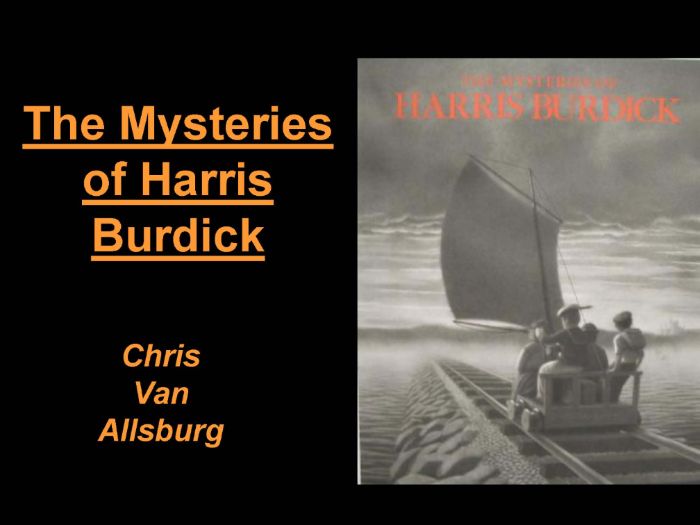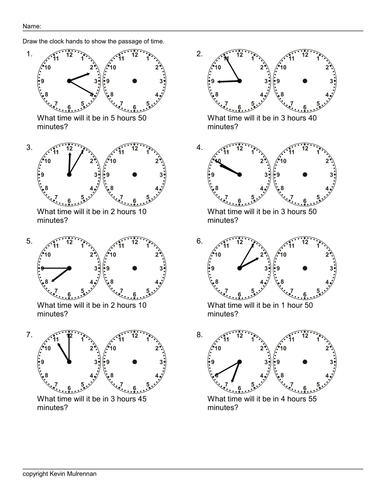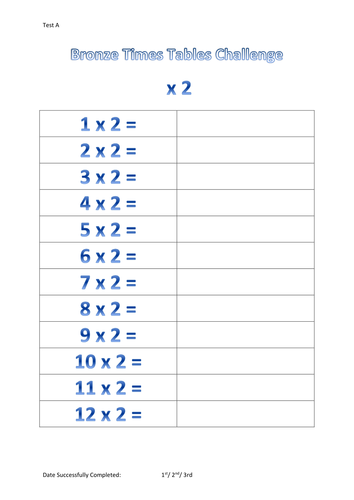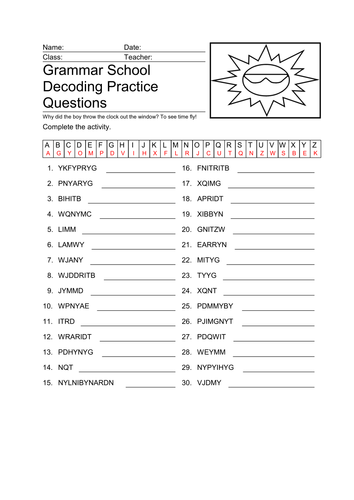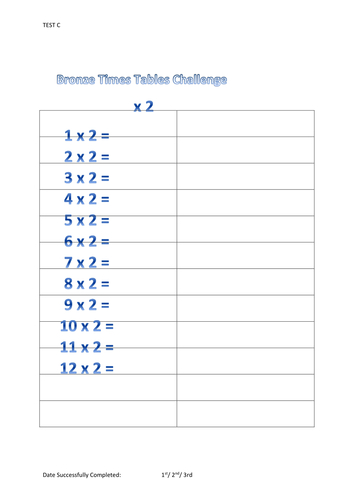407Uploads
124k+Views
41k+Downloads

stone age boy satoshi kitamura Planning Year 4 Literacy
Some nice simple planning for this excellent book. Plus some other bobs and bits.
example:
WALT: Prepare a short drama performance.
Display an image of a cave on IWB. Hand out a post-it note to each child and ask them to write a sentence on it to describe one of the caves. Once they have finished, they should swap their post-it with a partner and try to edit or improve their partner’s sentence.
Enlarge the illustration from pages 24-25 of Stone Age Boy. Ask the children to imagine how the boy feels as he enters the cave. Arrange children into an ‘alley’, with the children each facing a partner in a long line to make a corridor. Ask for a volunteer to be
the boy and allow each child to say what he might be
thinking as he walks past them down the middle of the cave corridor. Mixed Ability Groups:
Ask children to work in groups to role play the boy and Om walking through the cave. They should prepare a short drama of this part of the story and they need to include a ‘narrator’, whose role it is to explain what the boy is thinking and feeling. Prompt children to use the
thesaurus skills they worked on earlier in the week to find interesting words to include in their drama. Take time to perform some of the dramas. Ask for feedback from the other children
including what went well and what could be improved.

Year 5 Literacy Planning Adverts Persuasion Performance Poetry
Lots of nice planning. A melange.
Three nice powerpoint on adverts.
The kids have to build their own advert.
Plus some performance poetry and general grammar.
example: Starter – to recap on everything covered so far by using post it notes on the working wall, in order for students to see throughout the rest of unit (10mins).
Split the class up into mixed ability groups of 5-6children and explain they will be working in these groups for the next few lessons. Tell them that the aim of today is to come up with some ideas for their own chocolate bars. What do they want it to be like? Who is it for? Is it cheap and easy or posh and luxurious? 10mins)
Children then present their product ideas to the rest of the class and their slogan justifying why. Rest of class offer opinions whether they like it and if they think they could improve it (20mins).
Pupils then to go back to their groups and complete an initial design idea for their chocolate bar, thinking about the points the rest of the class have made. Annotate work, stating why they have selected ideas for their product.
Homework – find a product similar to the one they have designed and research it – e.g. how it’s been advertised before etc.

Shakespeare Romeo and Juliet Rewrite Planning Powerpoints Worksheets
A great set of planning.
Concentrates on rewriting Shakespeare’s famous tal.
Sample planning:
Begin by introducing the new topic and the learning outcome. We will be studying ‘older’ literature. Explain that older literature is defined as anything written before 1914 but we are going to look at much older than this!
Show a picture of William Shakespeare: children to TTYP –
Who is this man?
What is he famous for?
Can you name any of his works?
Come back together and elicit that William Shakespeare was an author – not of stories but of plays and sonnets (poems). Talk about some of his more famous work and explain that he wrote 38 plays and over 160 sonnets.
Shakespeare was born in 1564 and died in 1616. He produced most of his work between 1589 and 1613 – why do you think he wrote mostly plays rather than stories? Elicit that he was an actor so he loved the stage and he intended his works to be acted out rather than just read and also because of the times. TV and film were not entertainment options and the majority of people couldn’t read so going to the theatre or watching an outside performance was very popular.
Explain that Shakespeare’s plays can be broadly split into tragedies and comedies. TTYP – what does this mean?
Show a list including some of Shakespeare’s most famous comedies and tragedies.
Talk about our recent history topic – who would have been on the throne when Shakespeare was writing (Elizabeth I until 1603 and then James I start of the Stuart dynasty). Talk briefly about the context to Shakespeare’s plays – Elizabeth I ruled over a very successful empire, England was starting to explore and find new shores and arts & culture were becoming more important and sought after.
Finish reading the children’s version of ‘Romeo and Juliet’. Explain that this has been adapted for a young audience – it has been changed from a play script to a narrative and the language and been modernised.
List the main characters on the board, to include:
The Capulets etc

Private Peaceful Michael Morpurgo Lesson Year 6 plus some Maths
Great lesson on this interesting book.
Plus some nice Maths.
Great for year 6.
sample :
Display the image from the front of the book. What does the title of the book tell you? What could the book be about? Why do you think that? Introduce the title.
Children to identify what the book is about? What is the theme? Genre? What makes you think this?
Children to make predictions about the book in groups using the cover – share and discuss ideas.
Share extract from blurb ‘As young Thomas Peaceful looks back over his childhood from the battlefields of the First World War, his memories are full of family life in the countryside.’ 5ws and predictions modelled by CT.
What has changed? Why has your opinion changed? What questions and predictions can you make now?
Resources:
Book cover, sentence starters, 5Ws sheet (LA), blurb extract
Children to be reminded of the previous lesson. What did we learn? What do we think the text book is about? What happened in chapter one? Play BBC schools episode 1 -
Children are to be given the first paragraph of the book. What is the theme? What is the genre of the book?
Children to use talk partners and class discussion to list the characters involved in the first chapter and paragraph. Who are the characters we have met? What do we know about Tommo and his older brother Charlie? What is their relationship like? In this chapter, Tommo starts a new school – how would he be feeling about this? Look at the kindness of Molly – why does she act this way? Why doesn’t big Joe go to school? How would this be different today?

Gunpowder Plot Guy Fawkes Planning Year 6 Literacy
lessons for this interesting topic plus some maths.
sample:
In Jotters
As a class think about what a newspaper is and where we have seen them. Can anybody name any famous newspapers? When did we last read a newspaper? Who knows the sort of things we read in a newspaper? Create a list on flip chart paper. Give children 30 seconds in talk partners to discuss answers and share.
Show class an example of a newspaper front page. Can anybody name any of the different features? Call children out to front to highlight on IWB. Children are then sent off to have a go at annotating a real-life example on their own.
Children will then be stopped and asked where they are with the task.
As a class revisit work from the previous lesson (refer to working wall.) What can we remember from last lesson? Can you name any features of a newspaper?
Children to be given a worksheet with cut outs from a newspaper article. Can any of you recognise these different segments of a newspaper article? Where would this segment go in a newspaper?
Children will be asked to justify their choices as to why they have put a segment of the article where they have. Why would you put this here? Does this segment make sense here?
Children to use talk partners to discuss what an orientation paragraph is and what they think the purpose is. Create an expectations vs reality table on flipchart – to be put up on the learning wall. What is an orientation? Where do you think an orientation goes in a newspaper?
Children to be discuss the 5 W’s and what they are. Children to be given an example of a newspaper article and asked if they can see any of the W’s in there.
Children to be asked to begin using their understanding of an orientation paragraph to complete a number of different tasks.

Year 6 Maths Mean Median Mode Averages Range
A couple of nice lessons on these Maths topics.
Plus a little bit of spelling and formal and impersonal lessons.
sample:
LO: To state mathematical averages. (Hexagons and Pentagons)
For each of these questions, state the median, mode and mean average. Copy the data into your book. The layout is modelled in the first question.
MUST:
Maths Assessment Scores: 14 12 13 9 14 14
Mode:
Median:
Mean:
Football team Goals: 0 4 8 2 2 2 0 4 2 4
Visits to the seaside this year: 0 6 4 12 2 4 8 6 10 8
SHOULD:
4. Science Assessment Scores: 22 22 10 30 36
Hockey Team Goals: 3 6 12 0 0 0 9 12 10 6
Visits to Cinema in a year: 12 16 8 24 4 12 8 16 12 4
CHALLENGE
8. Spelling Scores: 6 7 9 2 4 5 0 4 1 2 6 5 5 5 8 9
Number in Family: 4 8 4 10 12 6 4 6 8 6 9 7
LO: To state mathematical averages. (Hexagons and Pentagons)
For each of these questions, state the median, mode and mean average. Copy the data into your book. The layout is modelled in the first question.
MUST:
. Maths Assessment Scores: 14 12 13 9 14 14
Mode:
Median:
Mean:

Christmas Around The World Fun resources French German Spanish Italian
Loads of fun planning for Christmas around the World.
Most is French.
But a good chunk of German.
And a nice sprinkling of Italian and Spanish.
Highlights are short Christmas plays in French, German and Italian. And a lovely short Spanish powerpoint on the Nativity.
plus fun songs, quizzes, powerpoints, games etc
You get well over 100 files so great value.
sample French play
Petite pièce de théâtre pour Noël – Christmas play
Personnages
Trois bergers
Un ange
Les Trois Rois Mages
Marie
Joseph
L’aubergiste
Les animaux (enfants masqués)
Un choeur
Deux narrateurs
Narrateur 1: Il est tard. Trois bergers gardent leurs moutons sur une colline.
Berger 1: Brrr! Il fait froid! Passe-moi une couverture!
Berger 2: Voilà!
Berger 3: Regardez! Qu’est-ce que c’est?
Berger 2: C’est une étoile?
Berger 1: Ah non! Ce n’est pas une étoile!
Berger 3: Aïe! J’ai peur! Qu’est-ce que c’est?
Ange: N’ayez pas peur! Cette nuit, à Bethléhem, est né un enfant. Il s’appelle Jésus. Partez tout de suite et trouvez l’enfant!
Narrateur 1: Alors les trois bergers partent. Ils vont chercher l’enfant à Bethléhem.
Marie et Joseph arrivent à Bethléhem. Marie attend un enfant. Elle est très fatiguée.
Marie: Je suis fatiguée, Joseph.
Joseph: Trouvons une auberge.
Narrateur 1: Marie et Joseph cherchent une auberge mais il n’y a pas de place à Bethléhem.
Ils arrivent enfin à une petite auberge. Ils frappent à la porte.
Toc, toc, toc!
L’aubergiste: Oui? Je peux vous aider?

Christmas Five Powerpoints Plus Planning Catholic Flavor
Five powerpoints plus planning.
I’ve converted the powerpoints to a pdf and you can download and have a good look.
sample planning:
Ask children to think about their literacy lessons – TTYP and name the important details that are needed in telling a story
(e.g. time, place, characters and events).
Ask children to the recall names of the four main Gospels.
Do they all tell the same story? (Essentially yes but lead children towards idea that they are different versions of the same story).
Use analogy of an incident occurring on the playground – would each child tell the same incident in the same way? No they would tell their version of the same event – some details and word choices would differ.
Talk about today’s WALT and explain that we are going to be looking at some different Gospel accounts of the birth of Jesus Christ. Explain to ch that, in order to achieve their WALT, they will need to be comparing and contrasting everything which they read.
Explain briefly that three out of the four Gospels deal with the birth or Christ; there are many similarities and many differences in the way in which the Gospels record and explain the event.
For today’s lesson we are going to focus on Matthew’s Gospel and Luke’s Gospel.
Children to have Bibles on carpet. Read the story of the birth of Jesus in the Gospel of Matthew Mt. 1: 18-2:23 and the Gospel of Luke Lk. 2: 1-14.
Using the PPT ask, show children the following table:
Details found only in Matthew’s Gospel.
Details found only in Luke’s Gospel.
Details found in both Gospel’
Discuss possible reasons for the differences in the two accounts. They are coming from two different people; points of view; written at different times but the basic story is the same.
Briefly recap last lesson. Which two Gospels did we look at? Which story were we reading? Did both Gospels tell the story in

Back to School Year 6 Spring Literacy Planning
A pot pourri of great lesson plans.
Worked very well at my old school.
Emphasis on Anna Frank and the Piano.

Teaching Resources worksheets Table Drills Maths Times Tables Multiplication
I have designed 100 worksheets on table drills for primary school children. There are four drills per sheet. The pupils have to write the answers in the gaps provided. Some of them go up to 10, some to 12. The variety is huge. Like all good ideas it’s simple yet effective. A great way of repeating for reinforcement, but in an attractive way. A great reinforcement exercise or you can give a sheet to a bright pupil to keep them occupied. You can use your professional judgement to choose the appropriate sheet. Answer sheets are provided for all worksheets.

Division Worksheets for Primary School Children Maths Mathematics Homework
100 worksheets with answers sheets provided.
100 sheets of division questions.
Some have 10 questions, some 20, some 50.
A useful time filler or use them for a quick homework or start of day activity.

50000 Fractions Questions Worksheets KS2 Mathematics Maths
50000 Fraction Questions on 100 worksheets.
50000 questions on fractions.
Great for:
teachers
parents
tutors
supply teachers
All answers provided.
Loads of different tasks involving fractions:
e.g. adding
taking away
multiplication
simplifying etc
100 worksheets with 500 questions each.

Teaching Resources worksheets Shapes Maths Triangles Octagons
I have designed 100 worksheets on shapes for primary school children. They have to write the name of the shape on the sheet. An answer sheet is in the picture. A great reinforcement exercise or you can give a sheet to a bright pupil to keep them occupied. You can use your professional judgement to choose the appropriate sheet. Answer sheets are provided for all worksheets.

11+ Grammar School Synonym Questions Literacy 100 Worksheets with Answers
Synonyms are an important part of the 11+ grammar school exams. I have designed 100 worksheets on this area. I have chosen a group of over 600 words. There are 10 questions per sheets and pupils write a, b, c or d. The teacher will be able to have a lively discussion when going over the work with the pupils, discussing the meaning of all the words. Of course they can be used by not only grammar school pupils. They would suit anyone of the top end of primary, adults with learning difficulties or foreign students learning English.

Time Passages 100 worksheets with Answers Maths Telling the Time
I have designed 100 worksheets on time passages for primary school children. They have to draw the time hands on the clocks on the sheets. What time will it be? - There are two clocks . The first clock shows a time, the second clock is blank. A question like "What time will it be in 2 hr and 20 min?" appears below the clocks. The student draws the answer on the second clock. You can use your professional judgement to choose the appropriate sheet. Answer sheets are provided for all worksheets.

Times Tables Worksheets 2 to 12 18 One Page Worksheets Maths Test A
Worksheets to help times tables.
The 2,3,4,5,6,7,8, 9, 10, 11 and 12 times tables are tested.
3 sheets for each one.
A good timefiller or reinforcement exercise.
These are test A. Tests B and C are also available.

11+ Verbal Reasoning Decoding Vol 2 Maths KS2
This is volume 2.
I have designed 100 worksheets on decoding numbers for the 11+ non verbal reasoning questions. There are 100 worksheets provided on a cd. Decoding is an important aspect of the 11+ exams. Ideal for parents, pupils and tutors. Answer sheets provided. The Decoding worksheet helps to reinforce spelling and problem solving skills for students. The letters of each word are replaced with other letters or numbers based on a pattern. Students must translate the words and spell them correctly. You can see an answer sheet in my picture with the answers in red.

500 Latin Wordsearches Word Searches Cambridge Latin Course
500 word searches on the first book of the Cambridge Latin course.
Answers provided.
The block of text has different shapes. There’s even some colour ones if you are feeling extravagant and can afford the ink!
Great for rainy Friday afternoons.

Times Tables Worksheets 2 to 12 18 Worksheets Mathematics Revision Test C
Worksheets to help times tables.
The 2 to 12 times tables are tested.
3 sheets for each one. You get 33 sheets
The third sheet, for example, has a mixture of multiplication and division questions.
The preview has the sums not quite lined up for some reason. The downloaded sheets are fine so no worries there.
These are test C. Tests A and B are also available.

